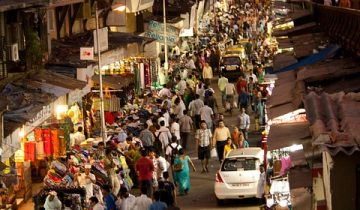Children's Asthma: A Circulating Problem

As global pollution continues to skyrocket, ash begins to cloud the air and acid rain begins to fall. In the Indian city of Chandrapur, noxious chemicals such as sulfur dioxide and nitrogen oxide are regularly produced by the twelve local power plants. Numerous additional factors contribute to the city’s rising pollution problem, including over 800 factories and 36 operating coal mines. Poisonous metals such as mercury and lead are beginning to infiltrate the surrounding area. However, another important, yet under-looked effect is being to manifest in children: asthma.
The Growing Trends
In Chandrapur alone, 70% of children have some form of asthma or other respiratory diseases. Studies have shown that overall, the percentage of Indian children with lung problems has increased by several percentage points since the 1960’s. According to a recent study on air quality, India was ranked the lowest out of 170 countries. Smog in different parts of the country kills an estimated 10,500 people each year. Citizens are beginning to blame politicians for failing to take action on the growing environmental problem. Environmental activist, Suresh Chopne, who heads the “Green Planet” movement, notes:
“There are many cities like this in India and if we don’t do something now to change our ways … then this city and others will simply become unlivable.”
Creating Fresh Air
India can address the increasing amounts of air pollution in a variety of ways. Roughly 1/5th of the air pollution in cities such as Delhi is caused by emissions from cars. Inventing new ways to use cleaner fuel or electricity would drastically cut down the production of greenhouse gases. Implementing more transportation infrastructure would also encourage people to use public transport. Furthermore, applying greener technology to all aspects of the economy, primarily factories would help rid the air of the constant influx of fumes. Even shifting these production houses away from the city would make a difference in the lives of city residents. If India continues to find greener ways to adapt to production needs, children will be able to play outside again and inhale nothing but fresh air.
[Image Attribute: Tawheed Manzoor]



